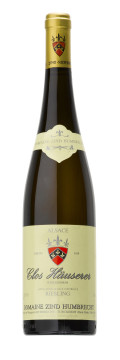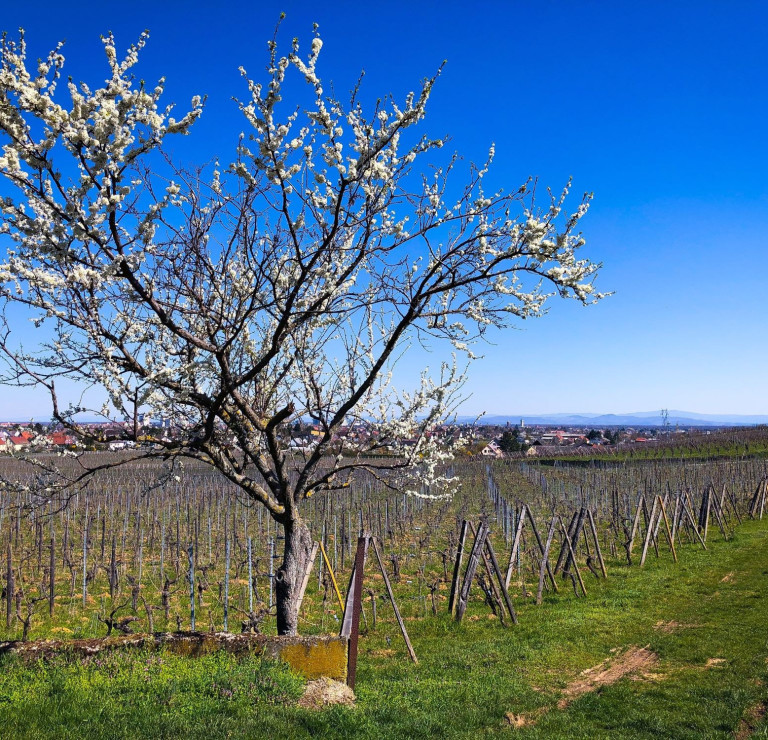
Technical presentation
| Bottling : | February 2021 |
|---|---|
| Acquired alcohol : | 13.2° |
| Residual sugar : | 2 g/l |
| Total acidity : | 4.6 g/l H2SO4 / (7.0 g/l Tartrique) |
| pH : | 3.4 |
| Yield : | 53 hl/ha |
| Optimum tasting : | 2024-2039+ |
| Average age of vines : | Vineyard planted in 1973 |
| Terroir : | Clos Hauserer |
| Sweetness index : | 1 |
| Soil : | Calcareous Marl from the Oligocene period |
Description of the wine Riesling Clos Hauserer 2019
The Clos Häuserer is a little 1.2ha vineyard planted with Riesling in 1973. It isn’t an historic vineyard as such as it was created by my father, who managed to group together many small parcels to form a large coherent square. It is bordered on the top by the Hengst Grand Cru and the Häuserer road just below (the road to the houses in reference to an old roman settlement not far away). It was easy then to appreciate the quality potential of this vineyard and its capacity to produce long lived wines. The Clos Häuserer is lying on the same mother rock as the Hengst: a siliceous marl limestone from the oligocen period, but with a top soil layer much thicker (about 1 meter). This vineyard enjoys a warm micro-climate in summer, but the soil remains cool and the vines never suffer from drought. Like many wines produced on this geology, the Clos Häuserer is slow to ferment. The 2019 was harvested at a perfect ripeness and finished bone dry.

Tasting notes
02/2021 : Clear pale gold colour. The nose shows an immediate sense of energy and life. Still slightly reductive just after the bottling, it oozes mineral greatness and purity. I can’t wait to be able to taste this wine in 10 years or more! The palate is tonic, sharp, salivating and one can feel the limestone presence through a sapid mouthfeel that finishes dry and persistent. Structured to last, but so pleasurable today. Amazing wine !

The Clos Häuserer of Wintzenheim
This soil rich in clay and chalk gives an important structure to the Riesling grown in the Clos Haüserer. Although this vineyard benefits from a warm and precocious climate, ripeness is achieved much later than the surrounding terroirs.